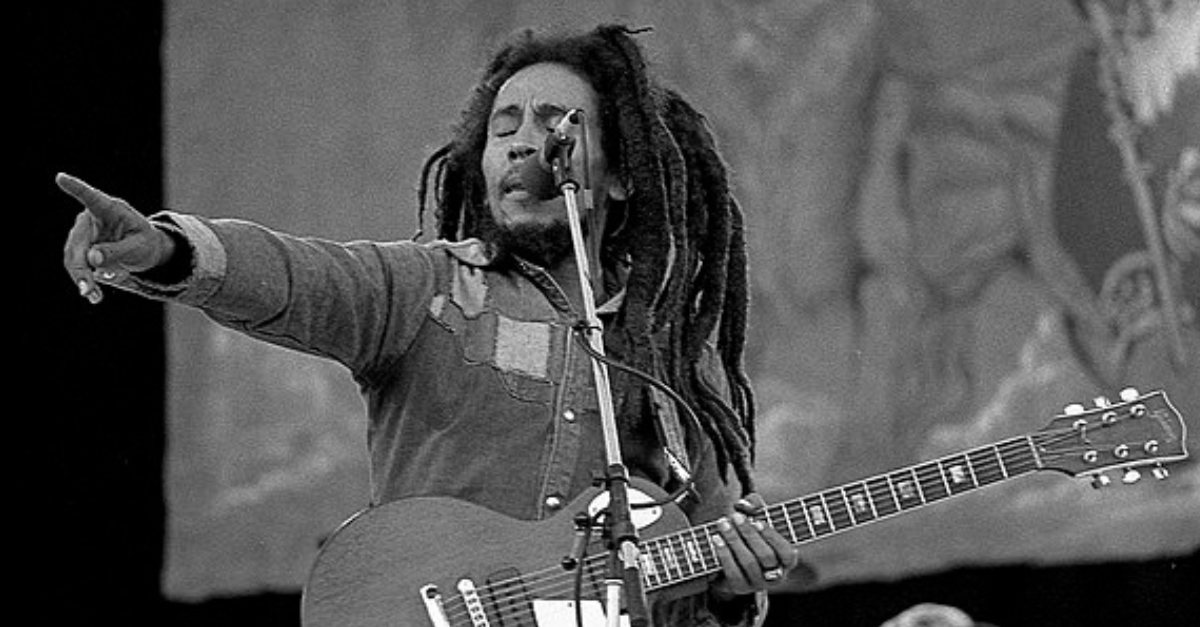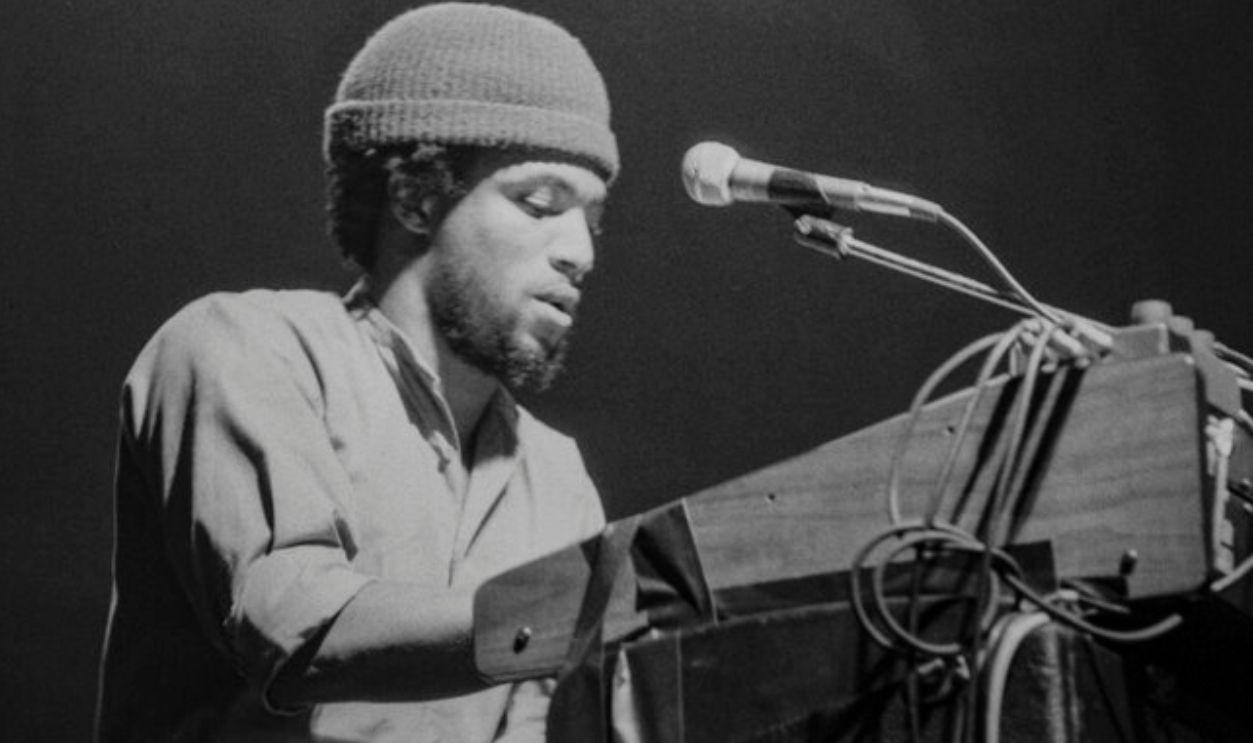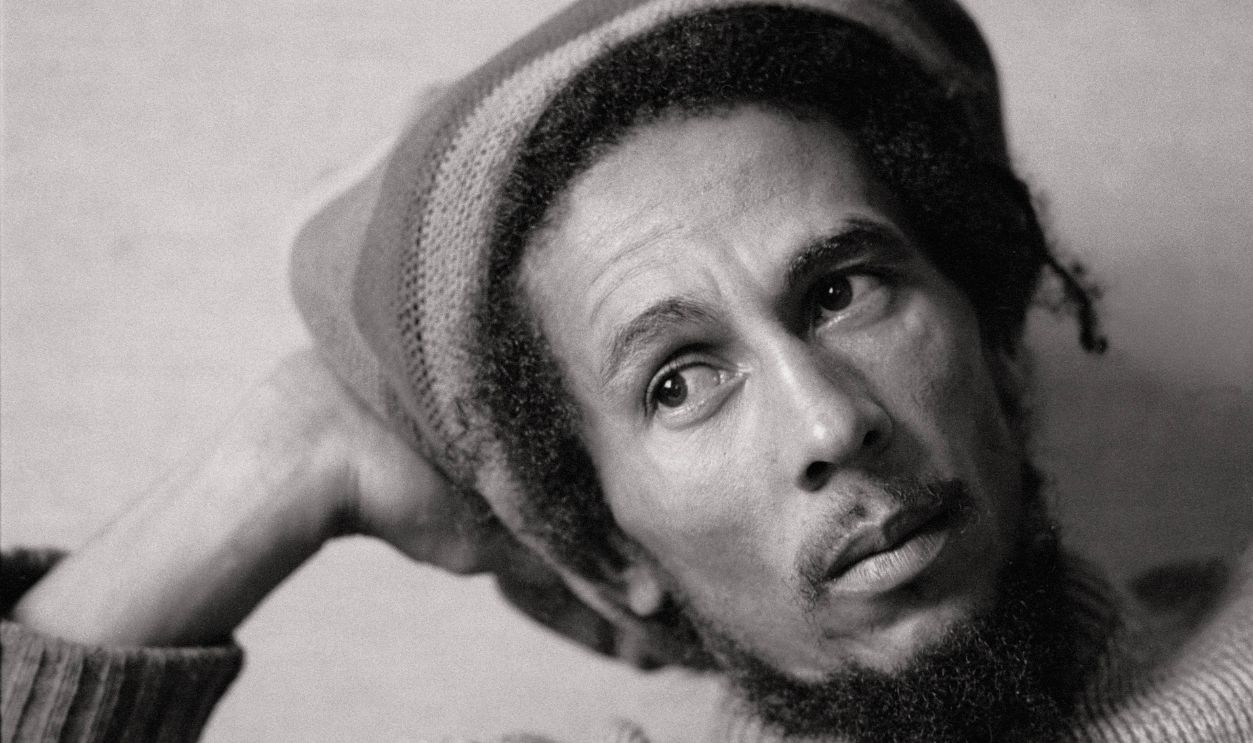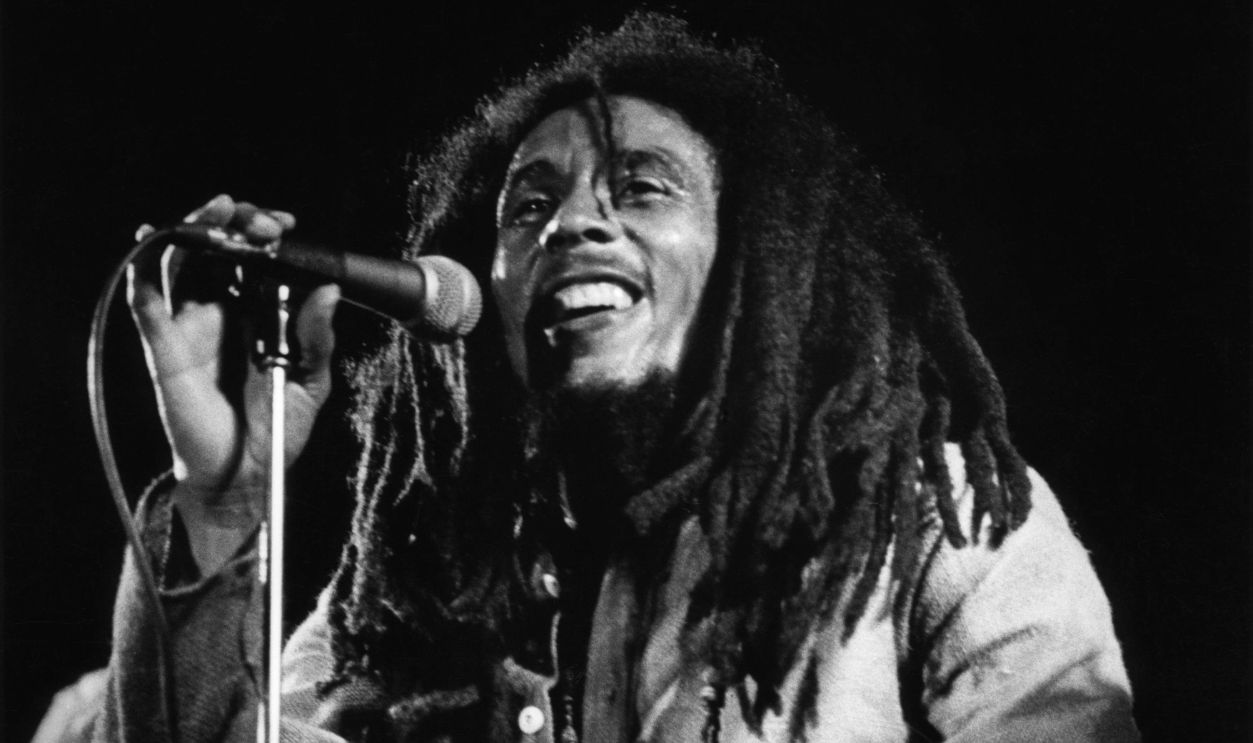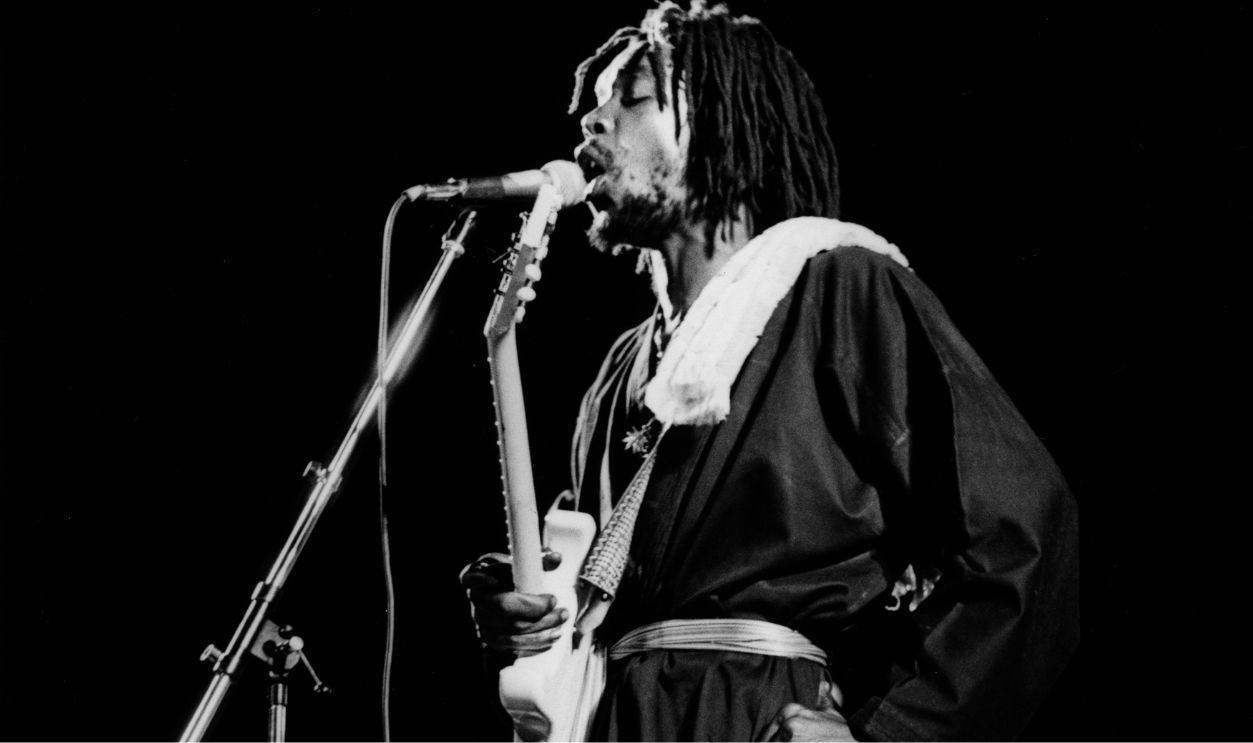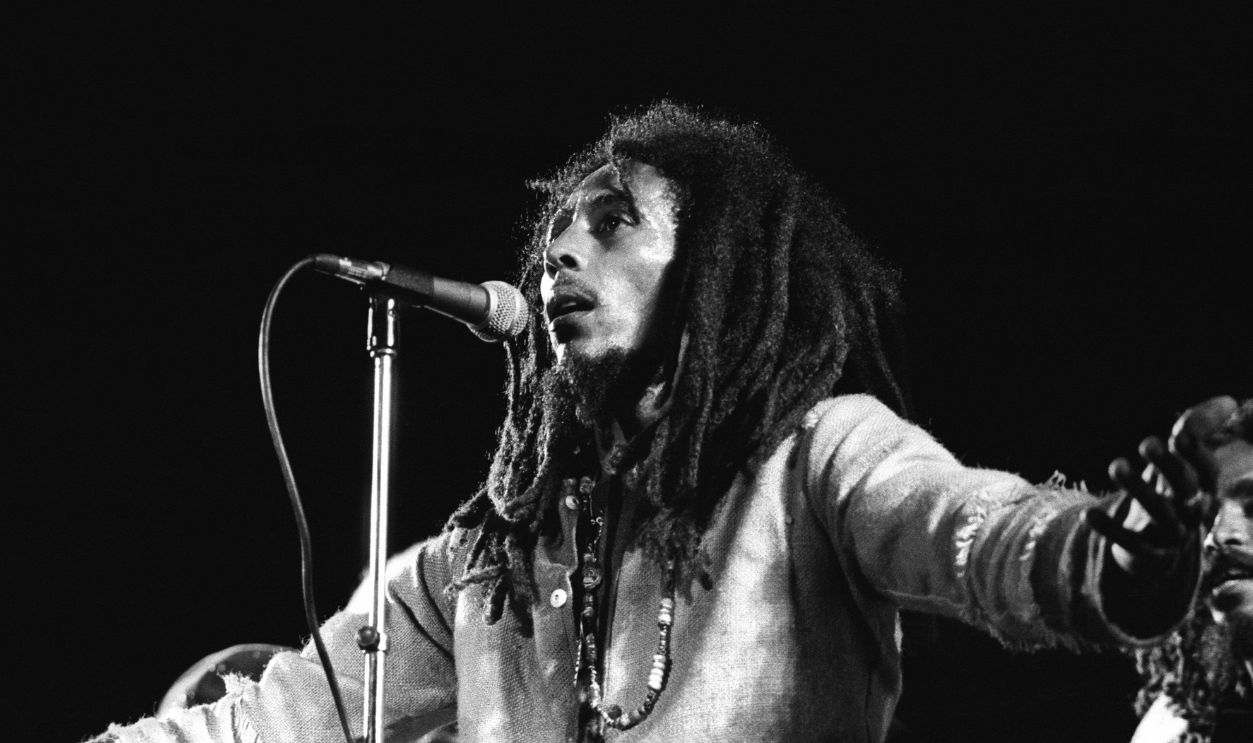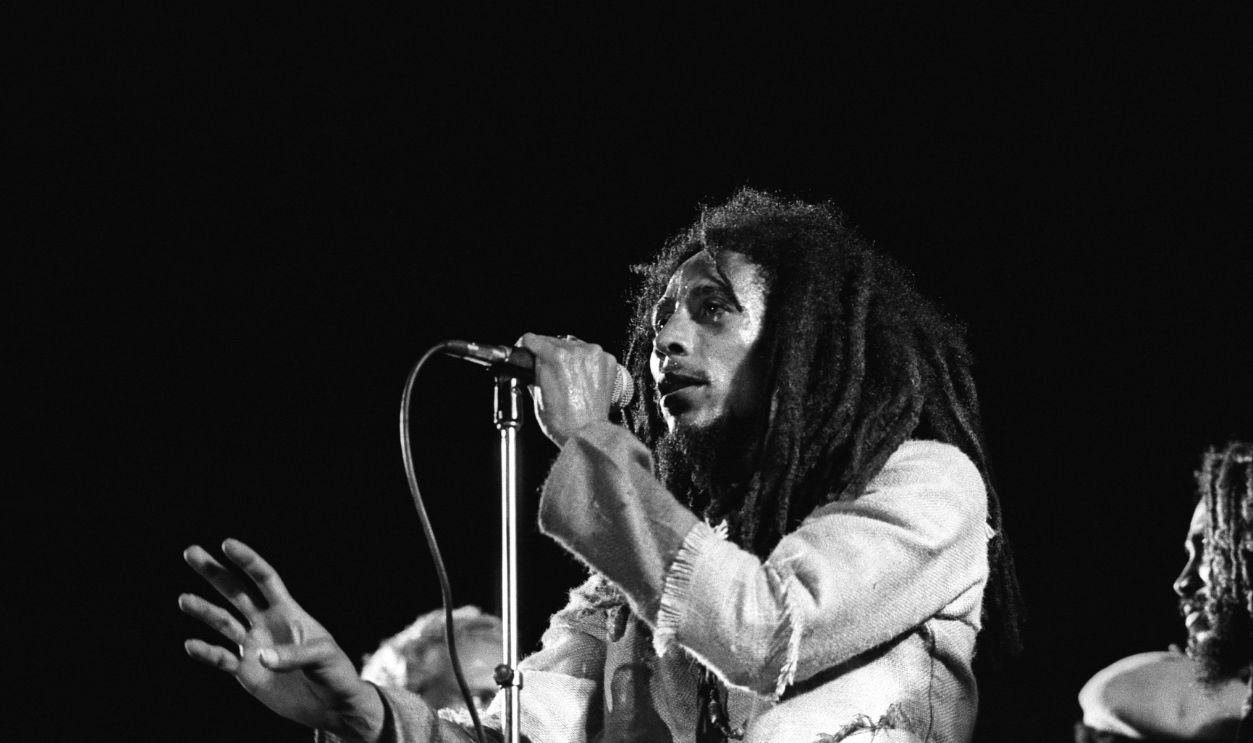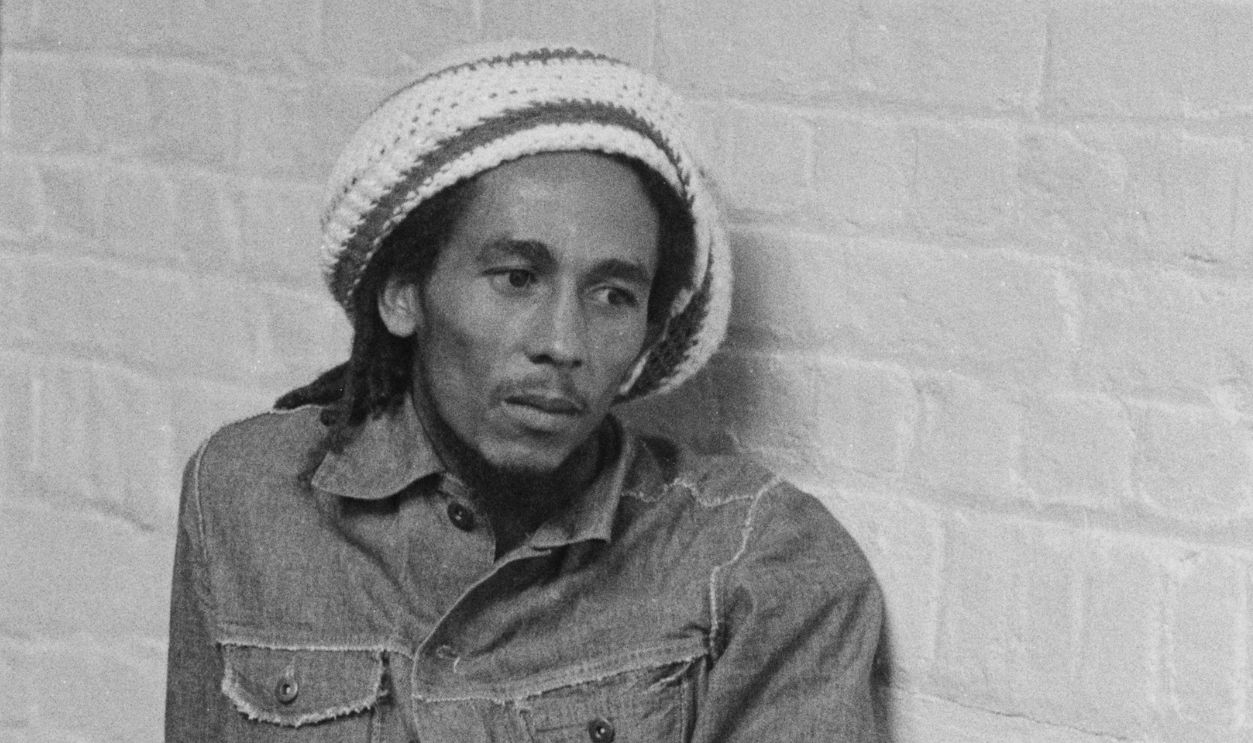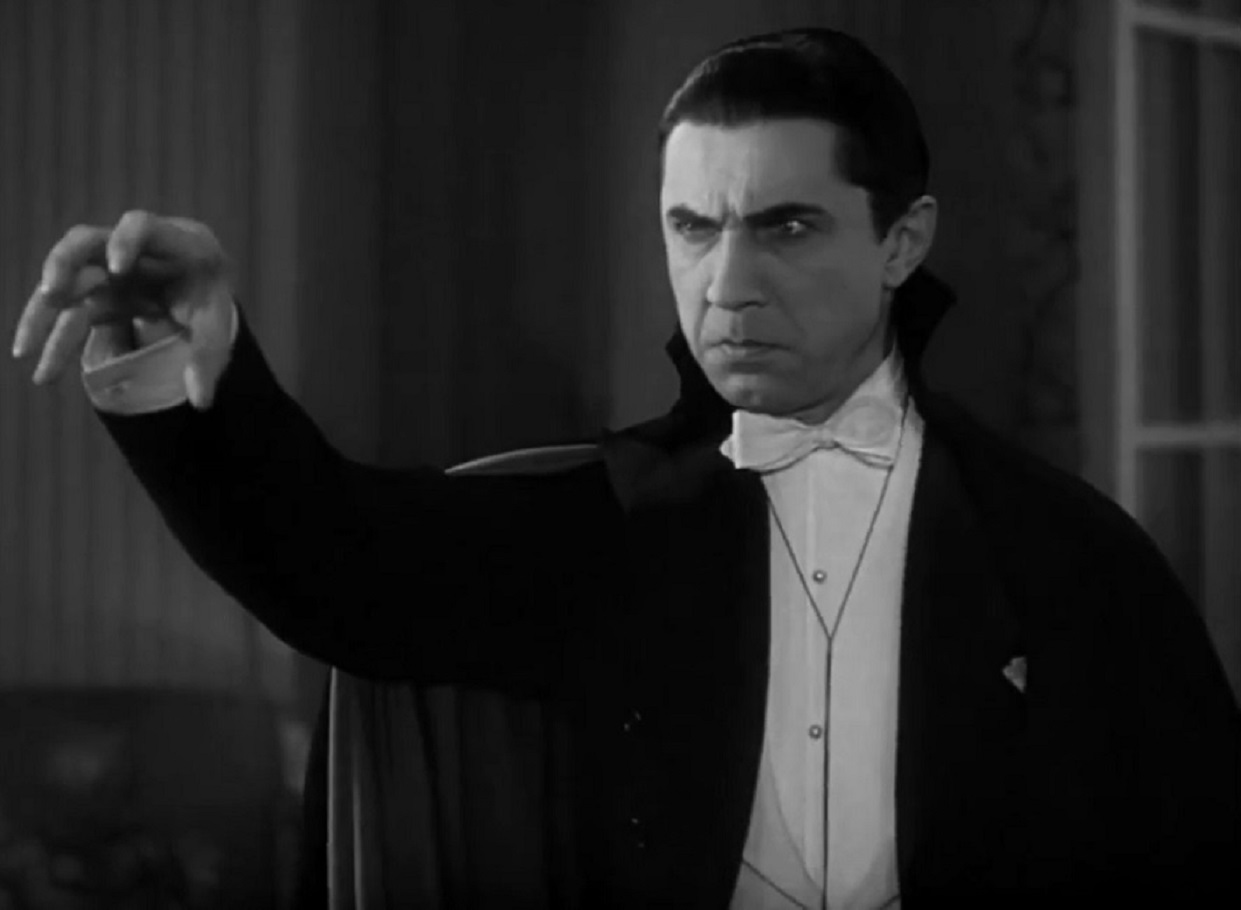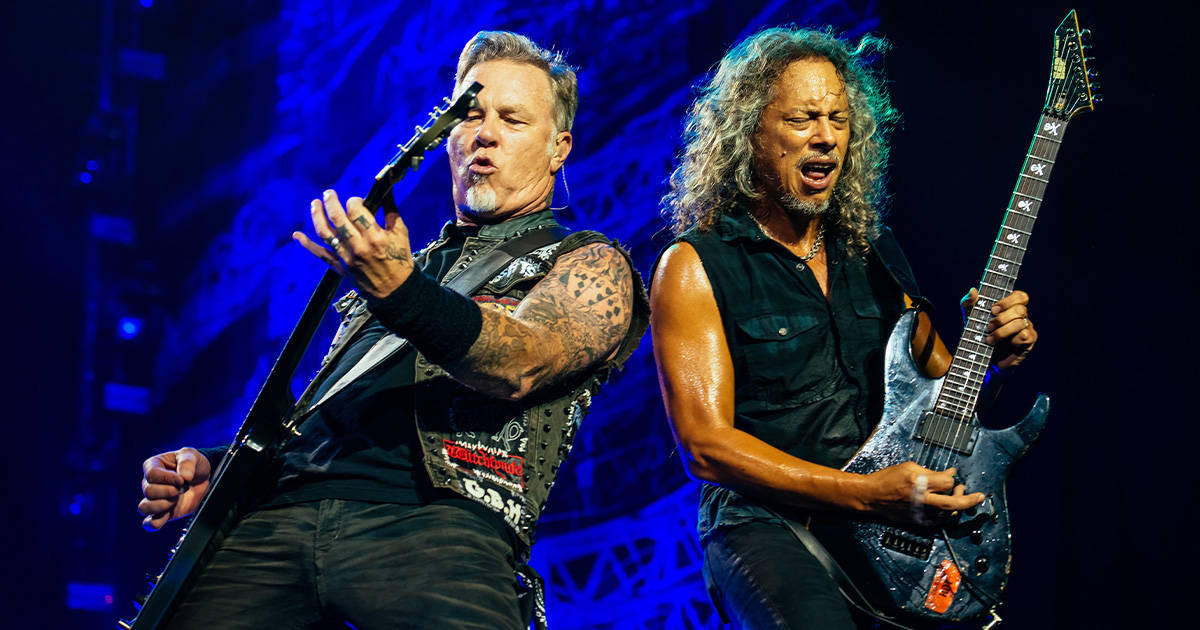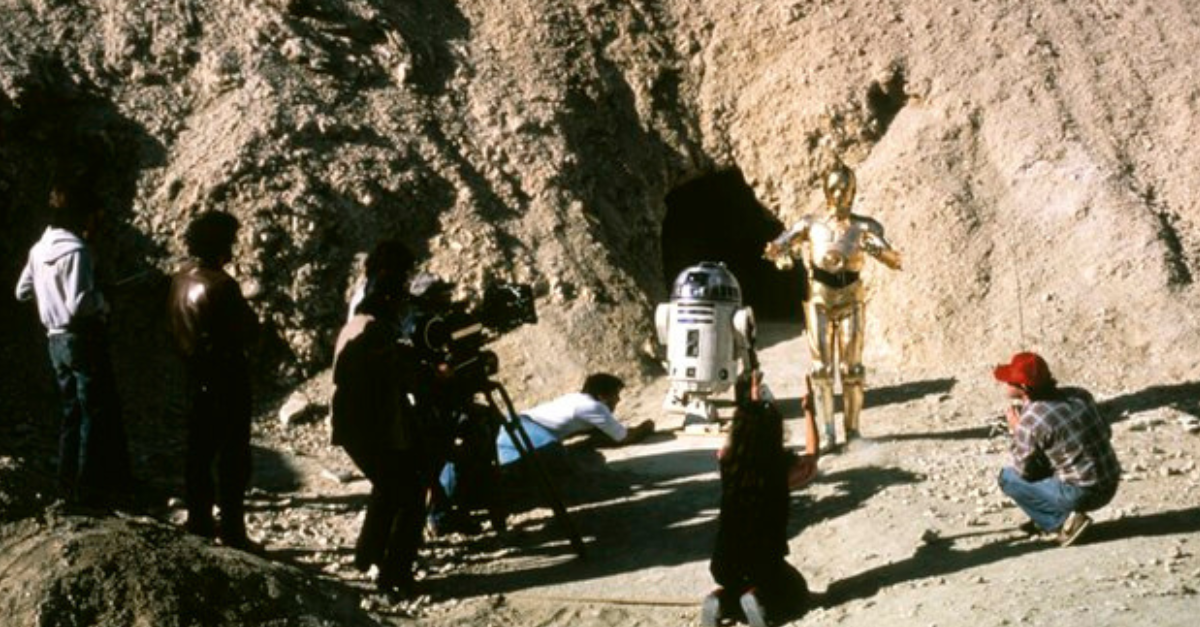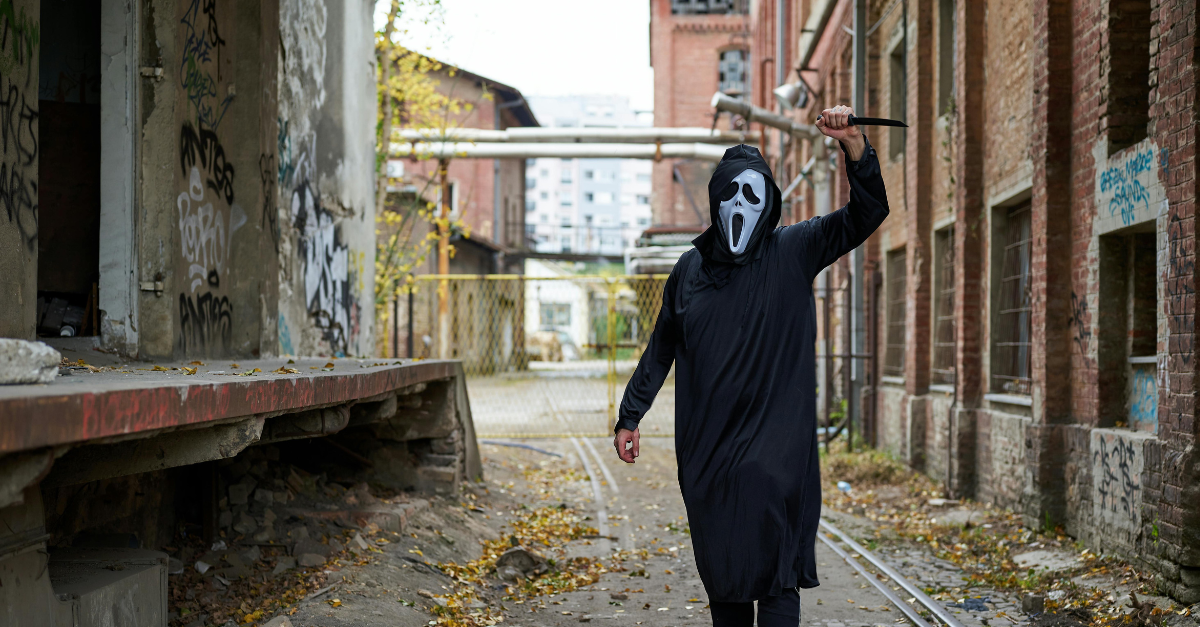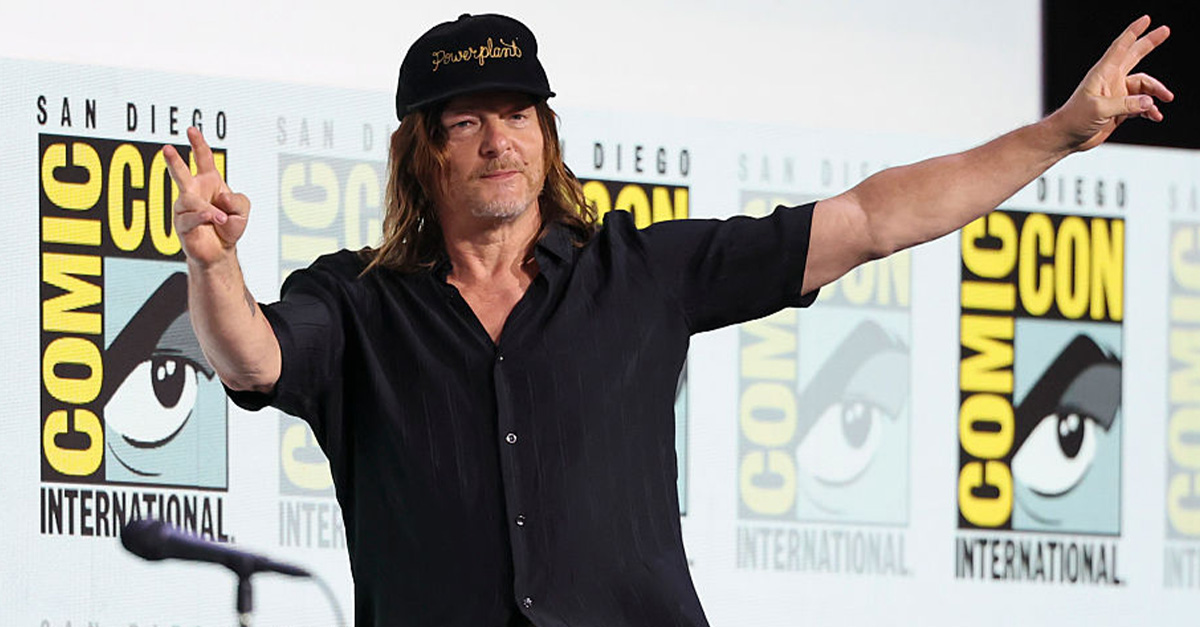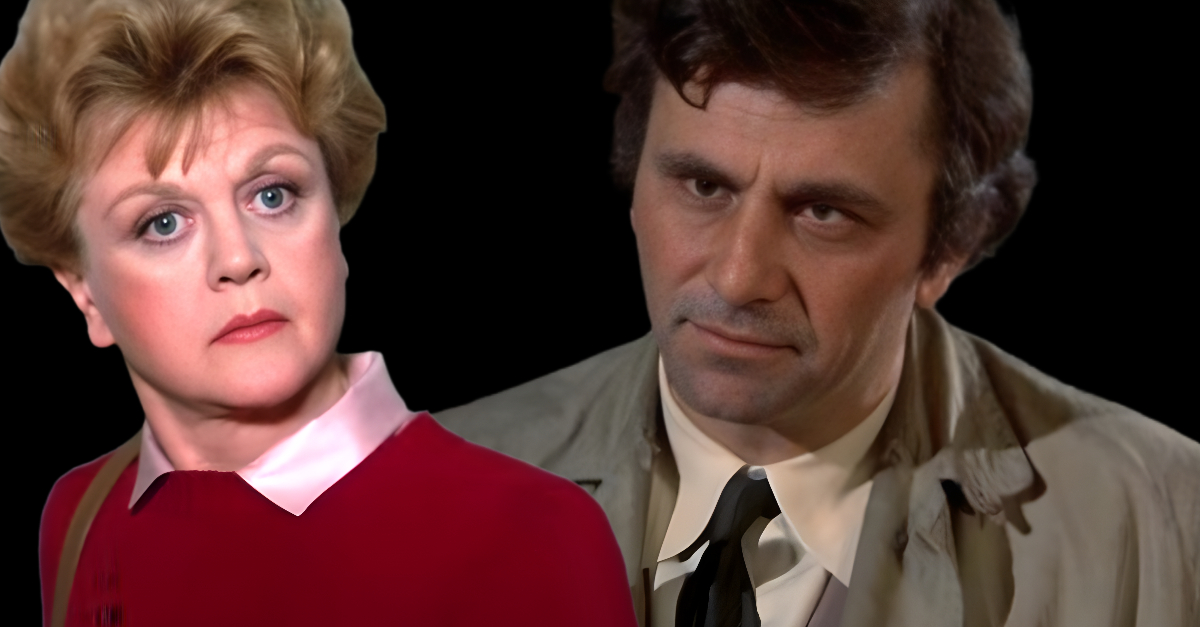The Man Who Sang For Peace
Few musicians embodied both rebellion and redemption like Bob Marley. By the mid-1970s, he wasn’t just Jamaica’s biggest star—he was its conscience, its chronicler, and its reluctant political lightning rod.
A Nation On The Edge
Jamaica in 1976 was no tropical paradise. Rival political parties—the democratic socialist People’s National Party (PNP) and the conservative Jamaican Labour Party (JLP)—had turned neighborhoods into danger zones. Music was one of the only languages that still spoke to everyone.
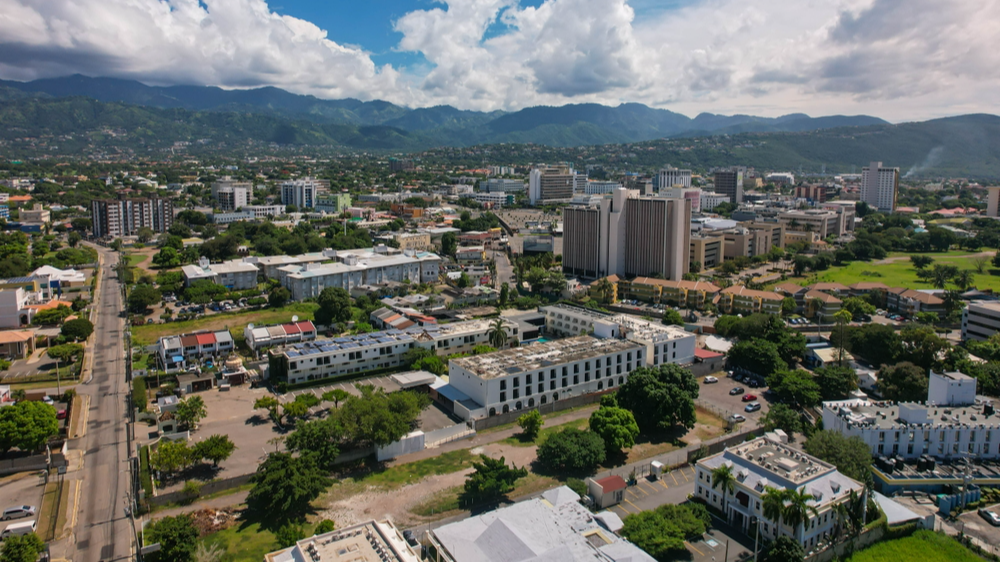 Maritime Art Blog, Shutterstock
Maritime Art Blog, Shutterstock
A Concert To Calm The Chaos
Prime Minister Michael Manley thought a free event might cool the country’s tensions. He called it Smile Jamaica, and the government invited Bob Marley & The Wailers to headline. It was meant to be a celebration of peace—just not the kind anyone expected.
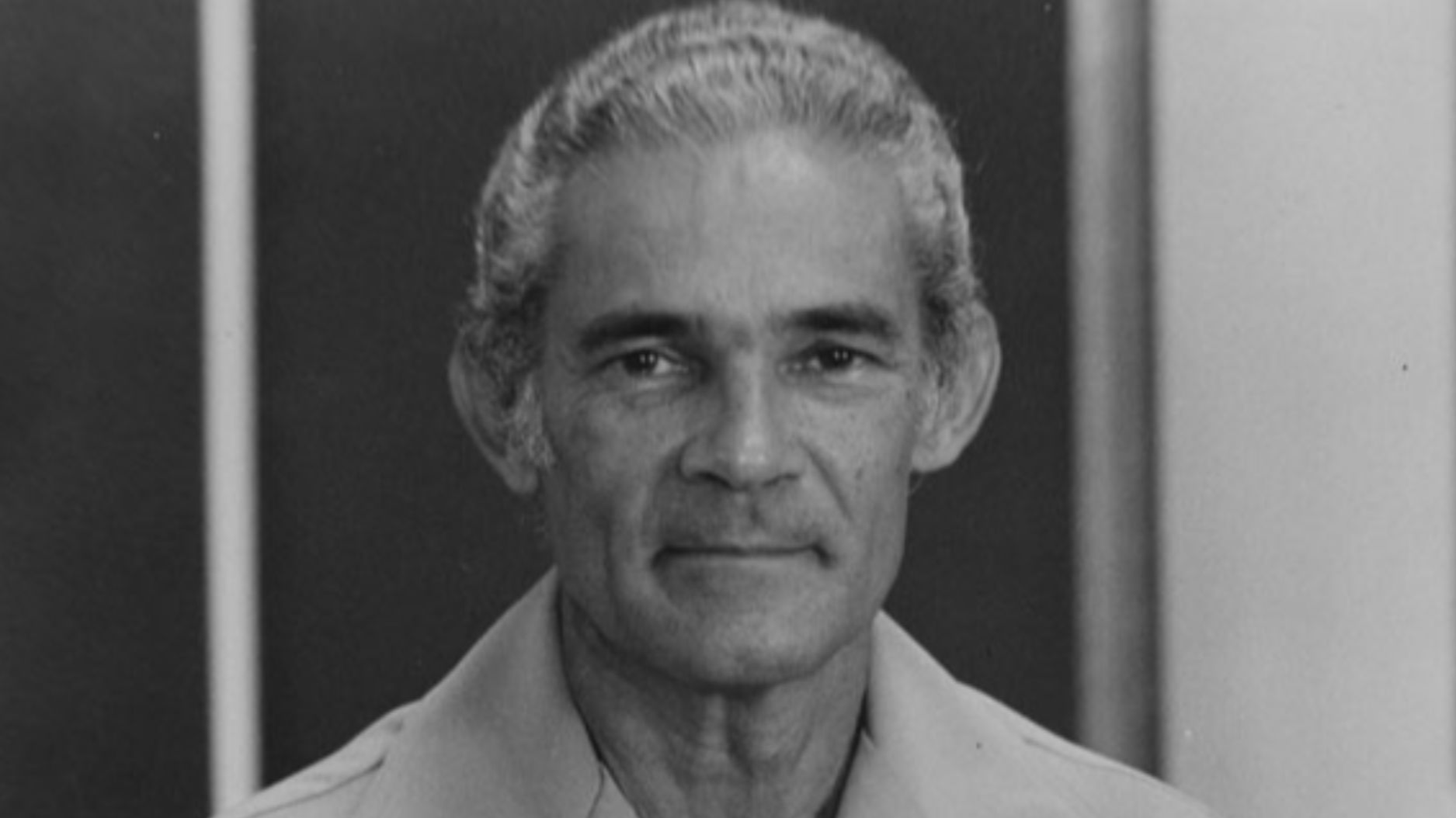 Library of the London School of Economics and Political Science, Wikimedia Commons
Library of the London School of Economics and Political Science, Wikimedia Commons
The Night The Danger Came
Two days before the show, Marley was rehearsing at his Kingston home when gunmen burst in. They fired at everyone—Bob, his wife Rita, his manager Don Taylor, and band employee Louis Griffiths. Miraculously, all survived.
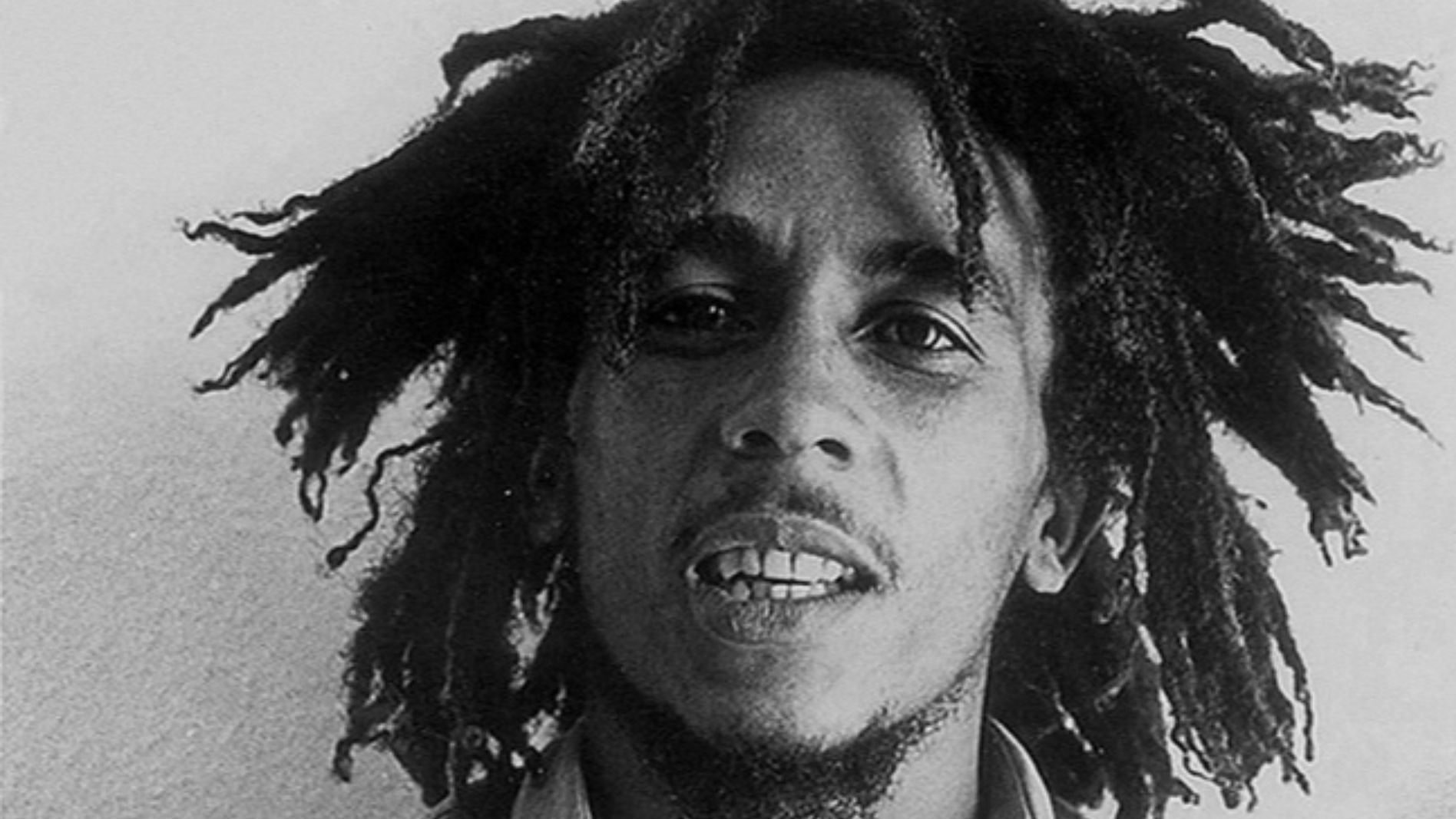 Dennis Morris; Distributed by Island Records, Wikimedia Commons
Dennis Morris; Distributed by Island Records, Wikimedia Commons
Unshakeable Faith
Marley was left with a bullet lodged in his arm. Rita was grazed in the head. Taylor was hit five times but lived. It was clearly political—but Marley, rather than seek revenge, turned to something greater: music.
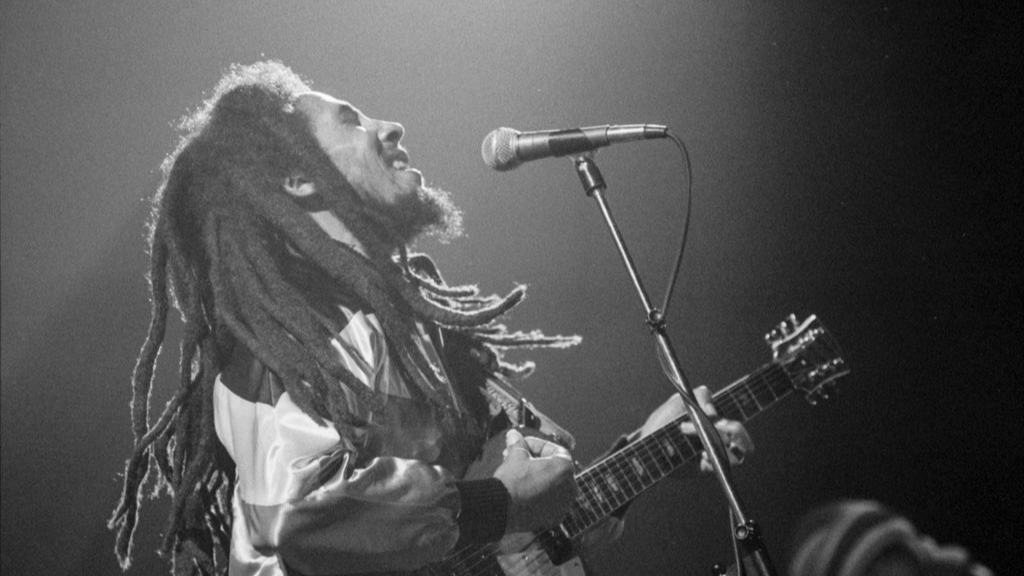 Luthy Patrick, CC BY-SA 4.0, Wikimedia Commons
Luthy Patrick, CC BY-SA 4.0, Wikimedia Commons
“I Shot The Sheriff”—For Real
Keyboardist Tyrone Downie later said the band had been rehearsing I Shot the Sheriff when the commotion started. Marley had just stepped into the kitchen for a grapefruit. Seconds later, bullets tore through the house.
Refusing To Back Down
Everyone expected Marley to cancel. Instead, he shrugged off the danger, wrapped his arm, and took the stage two days later. The lead stayed in his body as he lifted the microphone before tens of thousands of anxious Jamaicans.
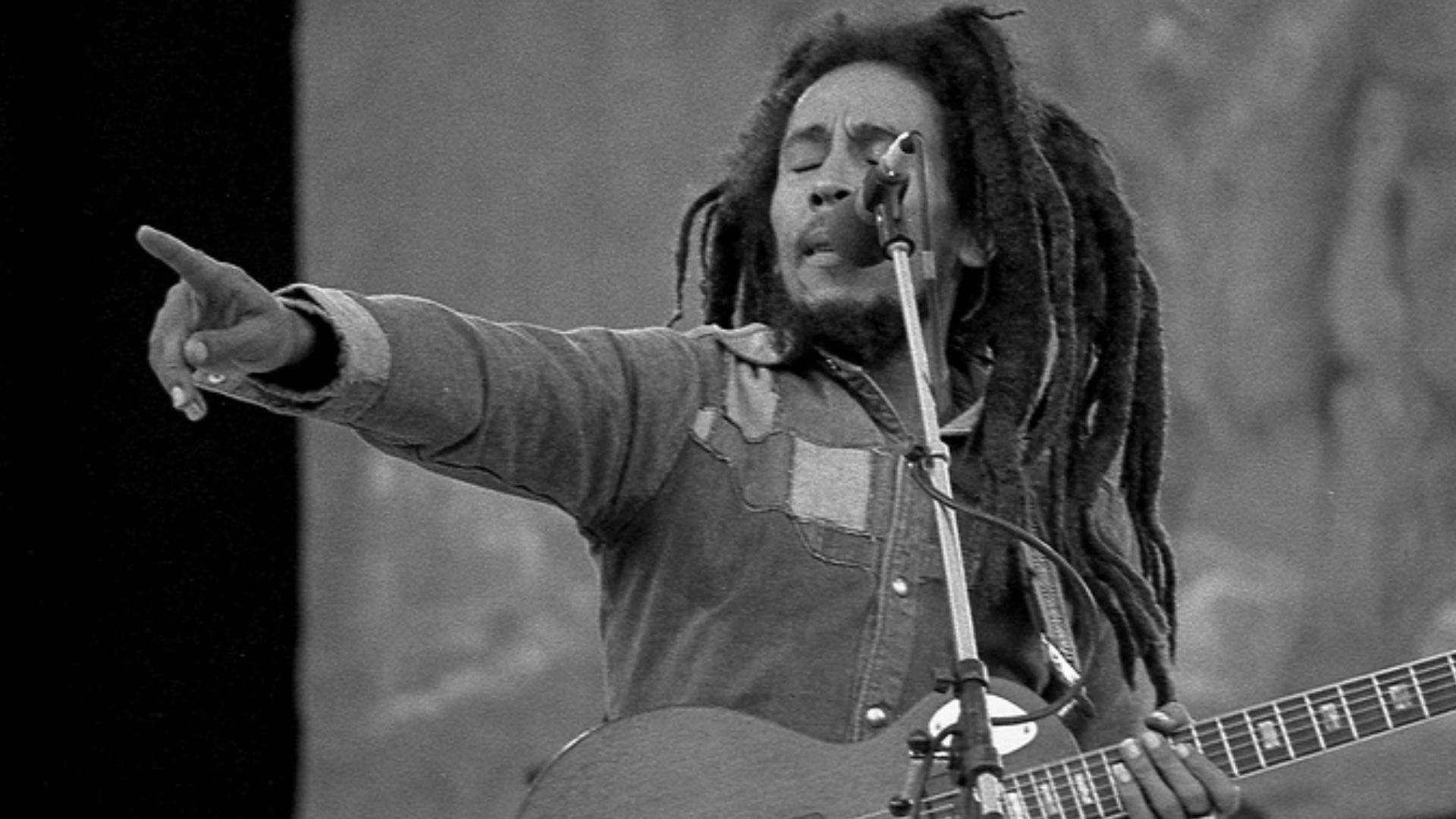 Eddie Mallin, Wikimedia Commons
Eddie Mallin, Wikimedia Commons
The Smile Jamaica Miracle
When Marley appeared, the crowd erupted. His performance wasn’t just music—it was medicine. He sang through pain, through fear, through fire, refusing to let ganger and disunity dictate the rhythm of his people.
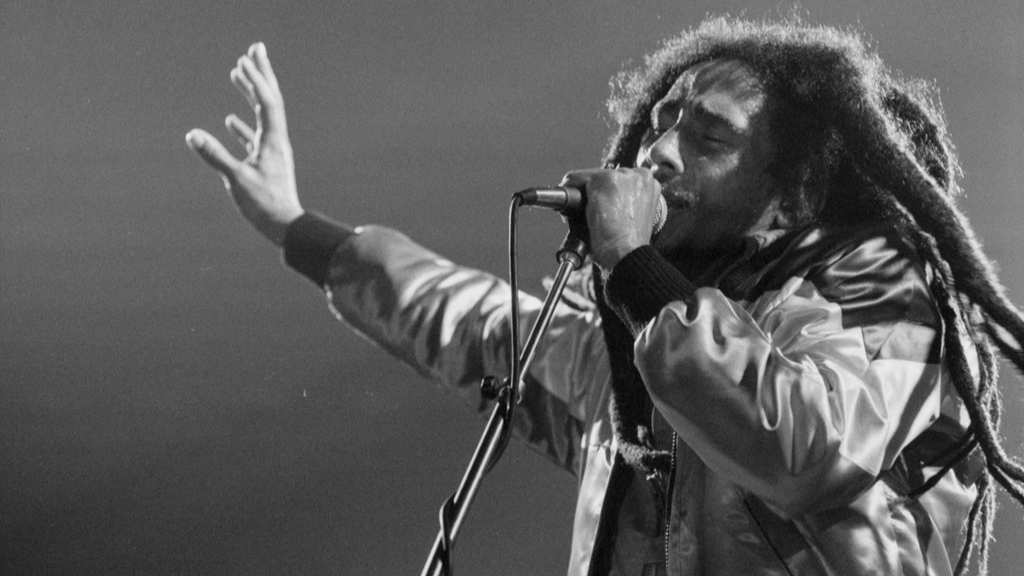 Luthy Patrick, CC BY-SA 4.0, Wikimedia Commons
Luthy Patrick, CC BY-SA 4.0, Wikimedia Commons
A Wound That Wouldn't Heal
That shot stayed inside him for the rest of his life. Doctors warned it was too close to a nerve to remove safely. It became a literal reminder of the price of peace—and the cost of standing for something bigger than fame.
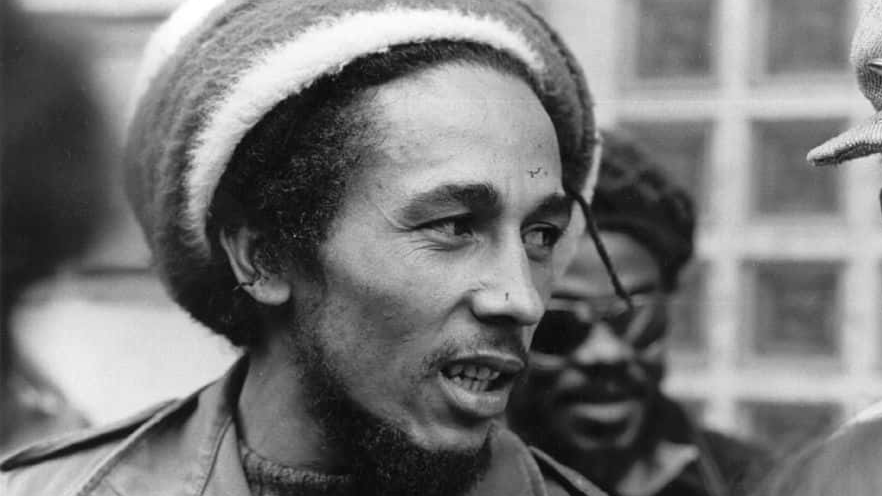 Evening Standard, Getty Images
Evening Standard, Getty Images
Exile In London
After the concert, Marley left Jamaica. The island was too hot with politics and paranoia. London offered safety, distance, and a chance to rethink what peace really meant. There, he wrote much of Exodus, the album that would define his rebirth.
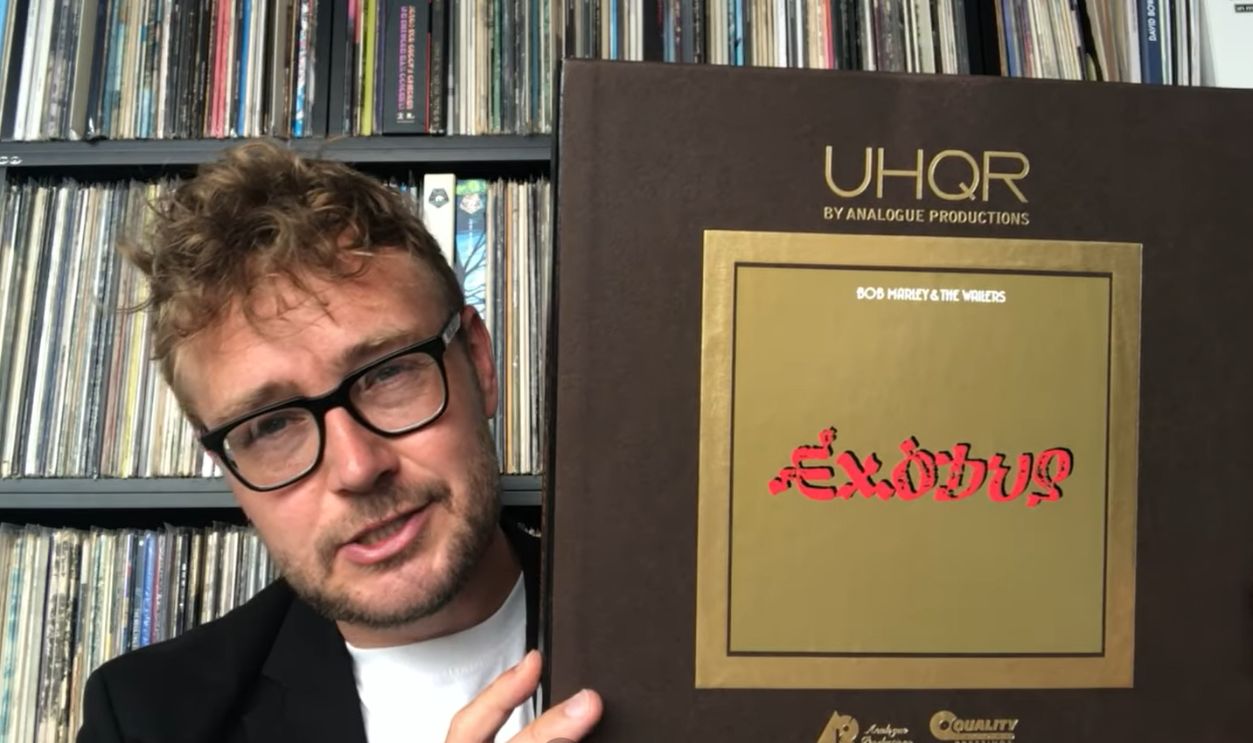 UHQR 45 RPM of Bob Marley Exodus Review & Comparison to OG, Top 5 Records
UHQR 45 RPM of Bob Marley Exodus Review & Comparison to OG, Top 5 Records
The Seeds Of A Bigger Vision
While in exile, Marley heard of two rival gang leaders—Claudius “Claudie” Massop and Aston “Bucky” Marshall—plotting something unexpected: a unity concert. From their place in lockupl, they dreamed of using music to end the danger that had consumed Jamaica.
The King Returns Home
By 1978, the call for Marley to return was impossible to ignore. He accepted the invitation to headline what would be known as the One Love Peace Concert. It would be his first performance in Jamaica since that night of gunfire.
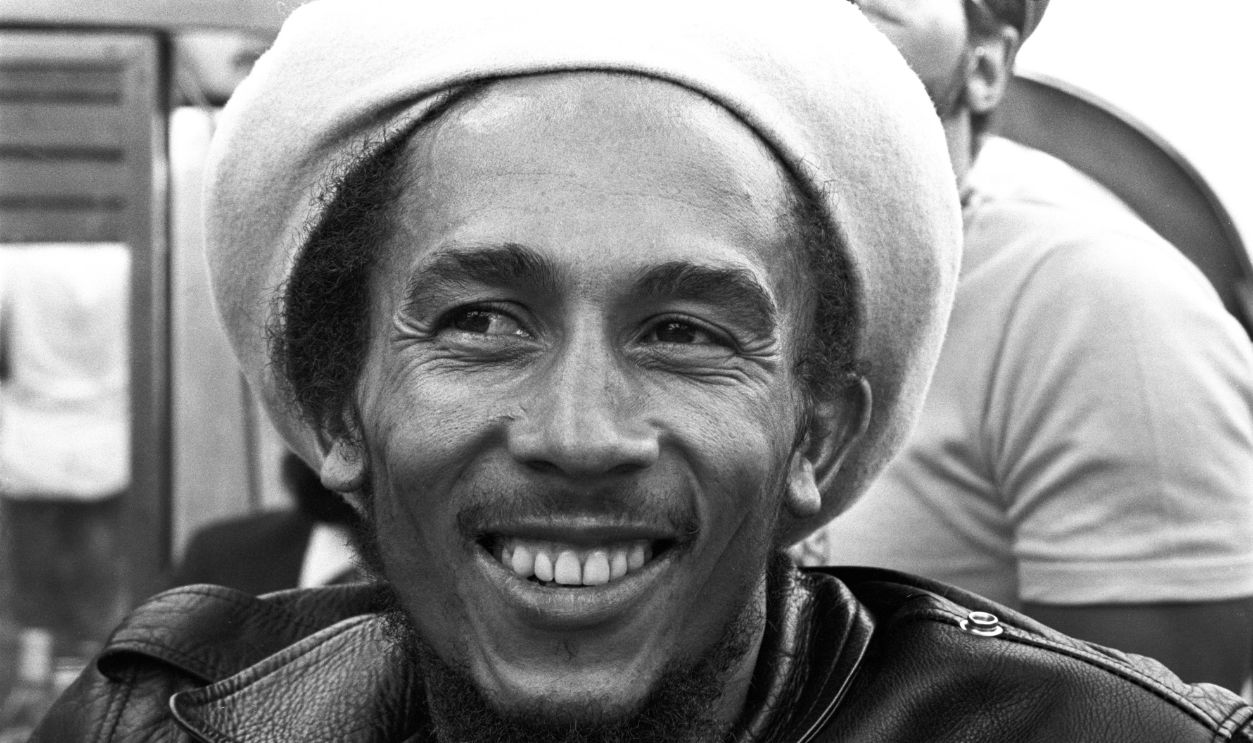 Gijsbert Hanekroot, Getty Images
Gijsbert Hanekroot, Getty Images
“Third World Woodstock”
The April 22 event drew over 30,000 people to Kingston’s National Stadium. The press dubbed it the “Third World Woodstock”. Sixteen of reggae’s biggest acts shared the stage, but everyone knew who they came to see.
Rastafari Rising
Before the music began, a message from Ethiopia’s crown prince Asfa Wossen was read aloud, praising the spirit of peace and the growing influence of the Rastafari movement. For Marley, it was a sign that his spiritual mission was no longer fringe—it was the pulse of the people.
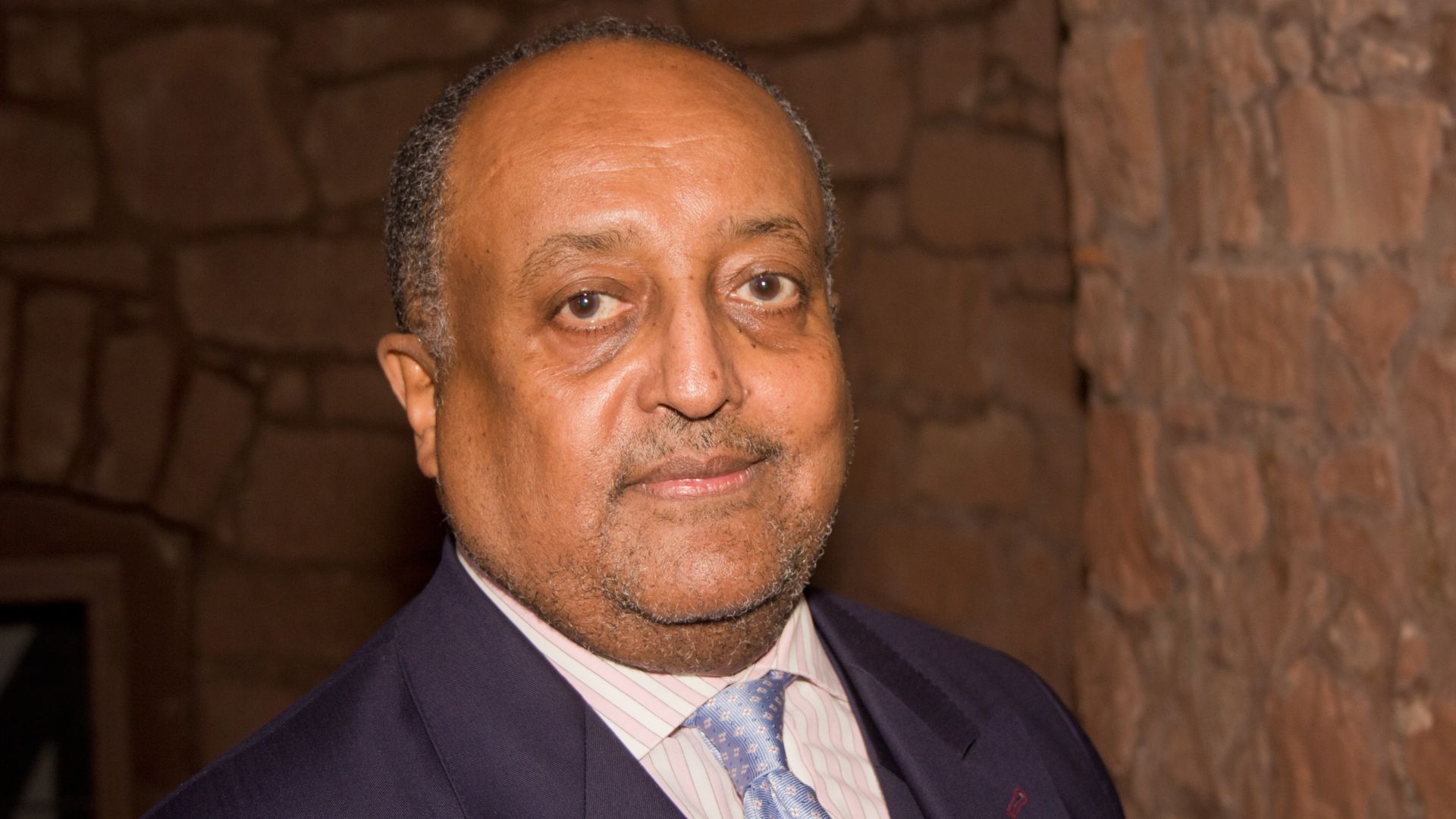 Sven Teschke, Wikimedia Commons
Sven Teschke, Wikimedia Commons
Peter Tosh Pulls No Punches
Before Marley’s set, Peter Tosh took the stage and spent half his 66-minute performance berating politicians about poverty and substance laws. The crowd roared at his audacity. Tosh was the anger; Marley would soon be the answer.
The Moment Of Truth
At 12:30 am, Marley stepped out in a denim shirt, dreadlocks glowing under the lights. He played Positive Vibration, Exodus, and Jamming—the latter turning into the concert’s defining moment.
Hands Of Unity
In the middle of Jamming, Marley paused and called for Prime Minister Michael Manley and opposition leader Edward Seaga to join him onstage. The rivals hesitated, then climbed up. Marley took their hands and raised them high above his head.
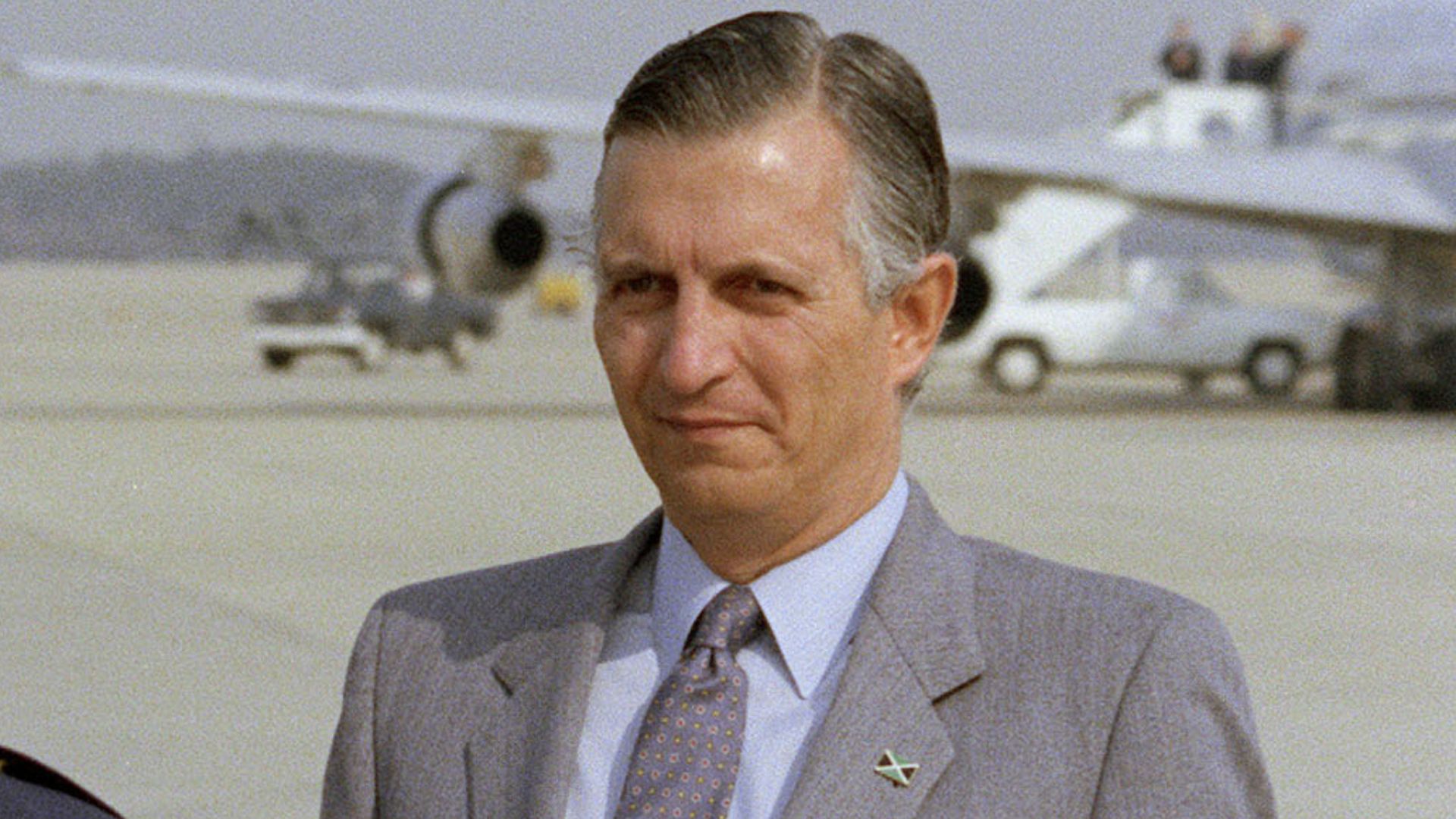 A1C Virgil C. Zurbruegg, Andrews Air Force Base, Wikimedia Commons
A1C Virgil C. Zurbruegg, Andrews Air Force Base, Wikimedia Commons
The Gesture Seen Around The World
“Could we have, up here onstage, the presence of Mr. Michael Manley and Mr. Edward Seaga?” he asked. “Show the people that you love them right”. The crowd exploded. For a few shining minutes, Jamaica believed peace was possible.
Symbol Over Solution
The image of the three men’s hands became iconic—but peace didn’t last. Within two years, both Massop and Marshall were taken out, and the island’s danger rate soared again. Still, Marley had given Jamaica a glimpse of what unity could look like.
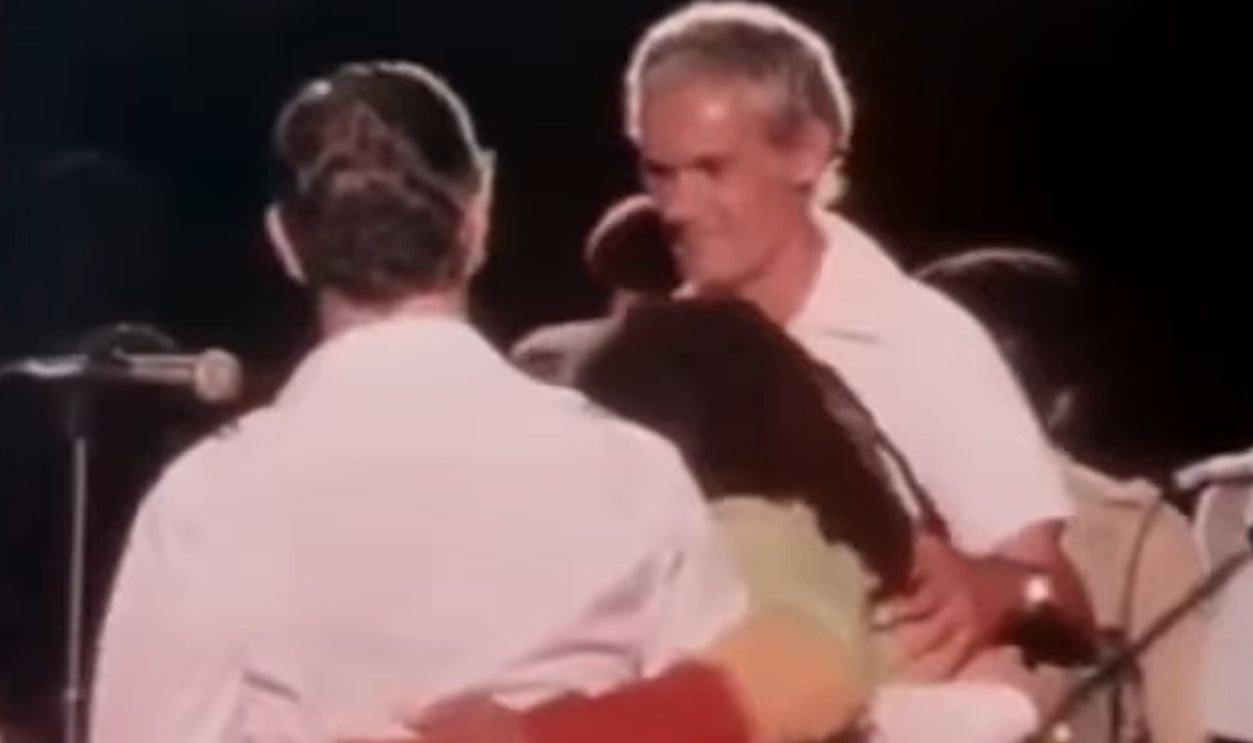 Bob Marley - Live At The One Love Peace Concert 1978 !!! (Footage) (Quality Upgrade), Reggae Rock II
Bob Marley - Live At The One Love Peace Concert 1978 !!! (Footage) (Quality Upgrade), Reggae Rock II
The Music Outlived The Politics
What the politicians couldn’t sustain, the music did. One Love became an unofficial anthem for reconciliation. The world saw Marley not as a partisan, but as a prophet who turned pain into poetry.
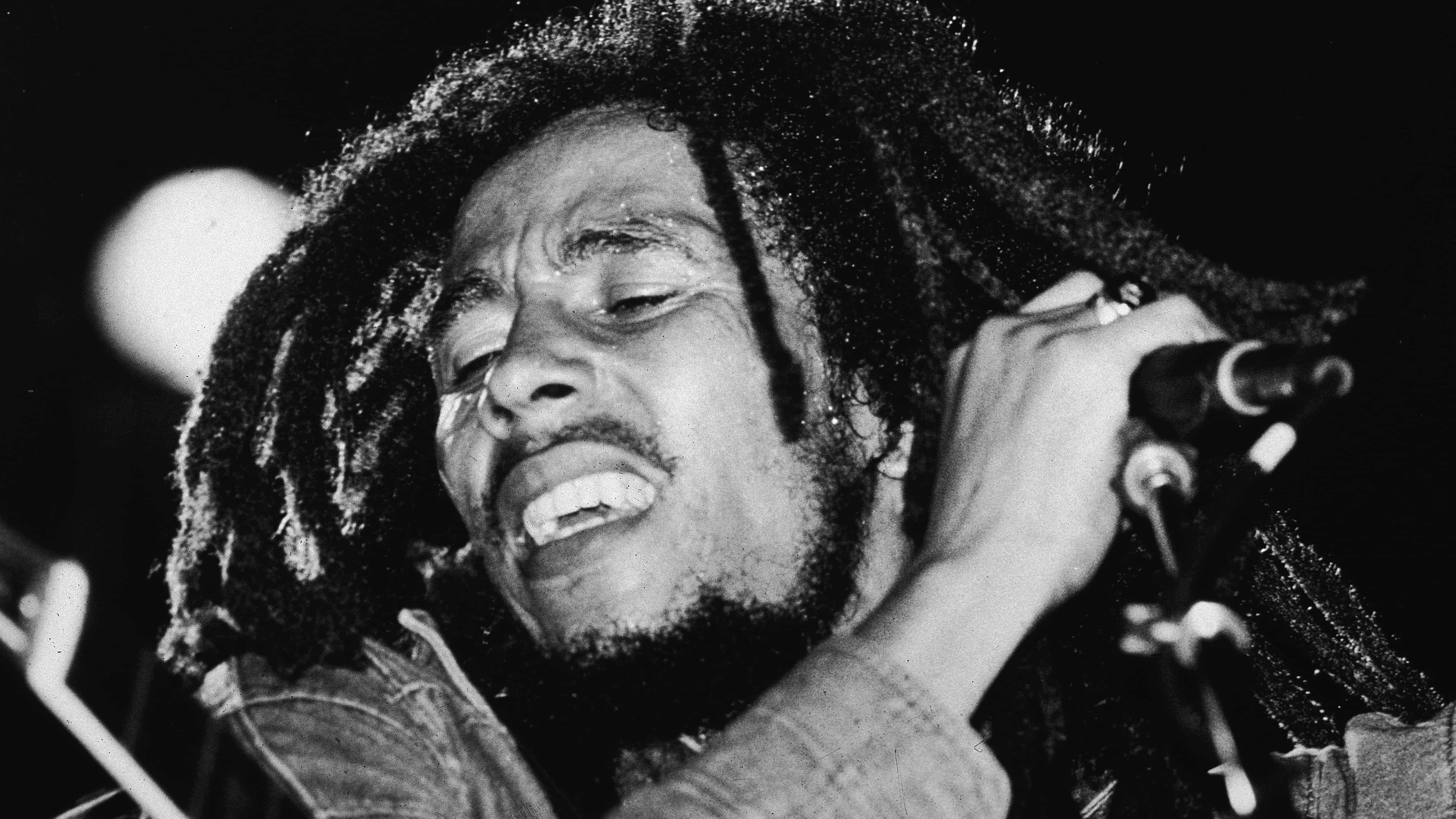 Express Newspapers, Getty Images
Express Newspapers, Getty Images
Legacy Etched In Fire
By the time Marley passed in 1981, that bullet was still inside him—a tiny piece of metal that had outlasted governments, elections, and enmities. It was the physical echo of a choice he made in 1976: to play instead of hide.
The Lasting Lesson
Marley once said, “My life is only important if me can help plenty people”. That belief made him step onstage when others would have fled, and to lift the hands of enemies in front of the world.
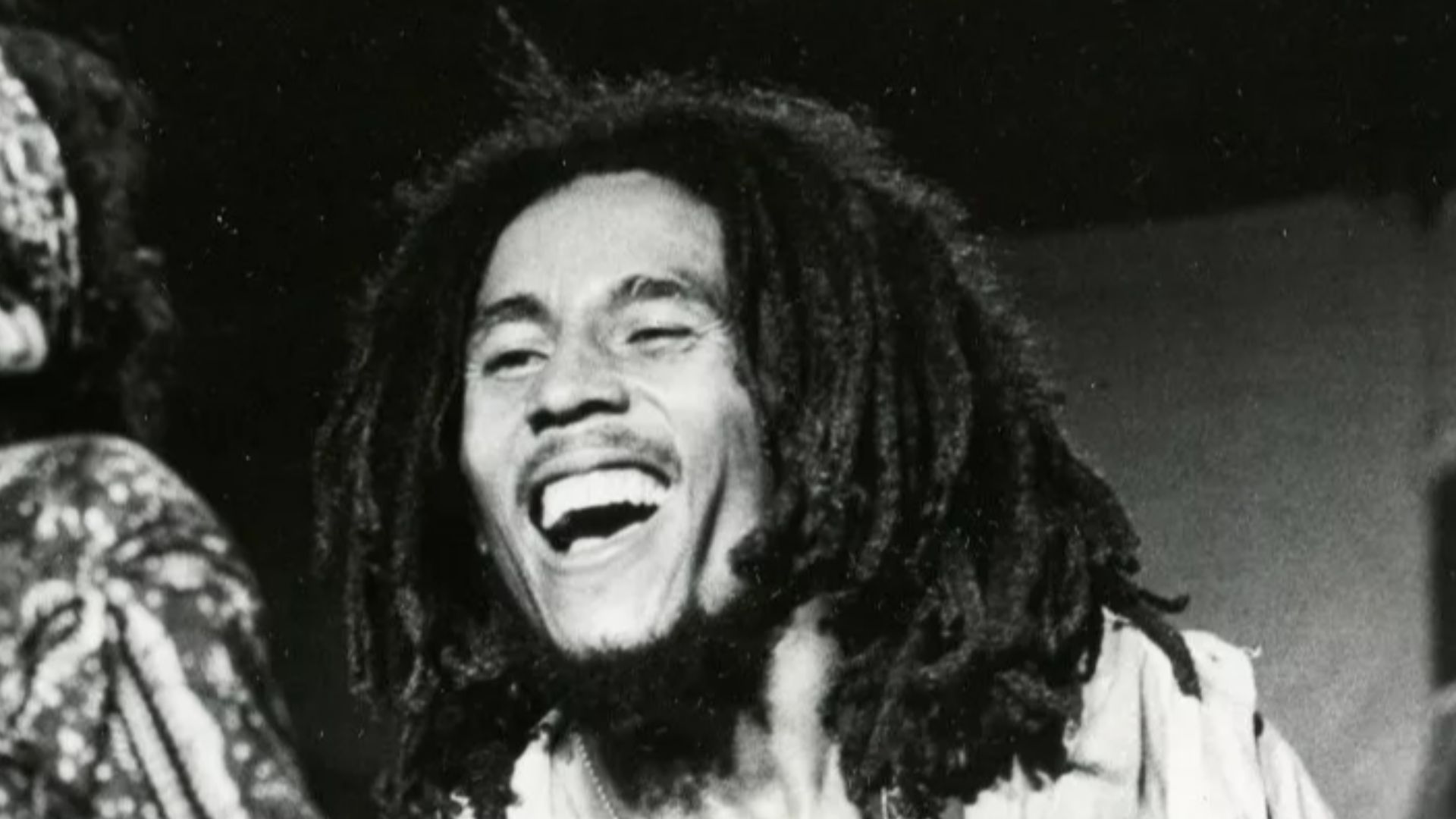 David Melhado; Distributed by Island Records, Wikimedia Commons
David Melhado; Distributed by Island Records, Wikimedia Commons
Still Jammin’
Nearly half a century later, the story remains astonishing: a man shot days before his concert, performing with the evidence still in his arm, and returning years later to unite a nation through rhythm and courage. Bob Marley didn’t just sing about peace—he lived it, one note, one wound, and one unforgettable jam at a time.
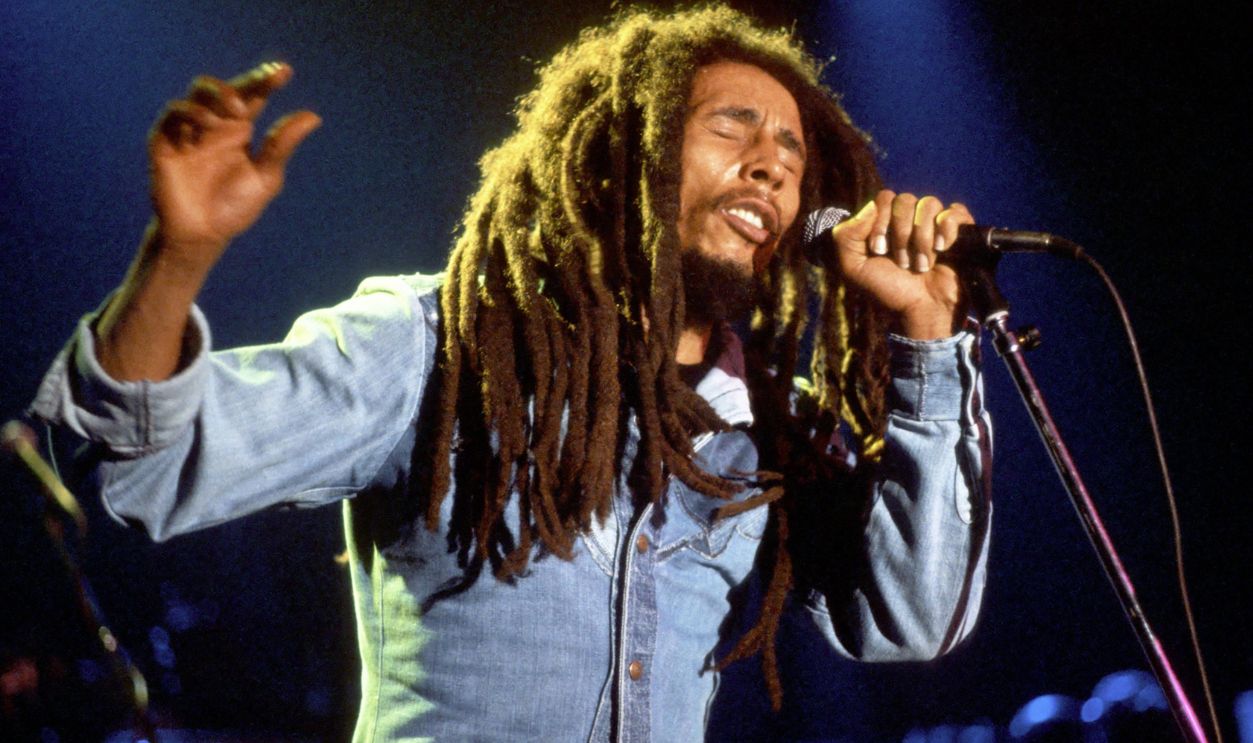 Michael Ochs Archives, Getty Images
Michael Ochs Archives, Getty Images
You May Also Like:
Doomed Facts About Sandy Denny, The Falling Folk Star

